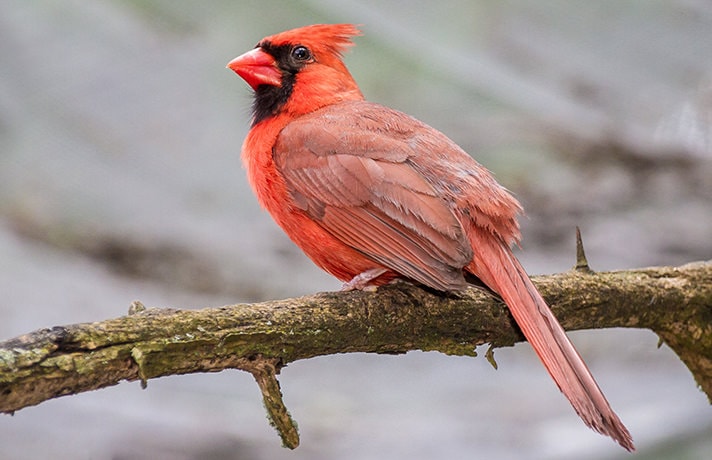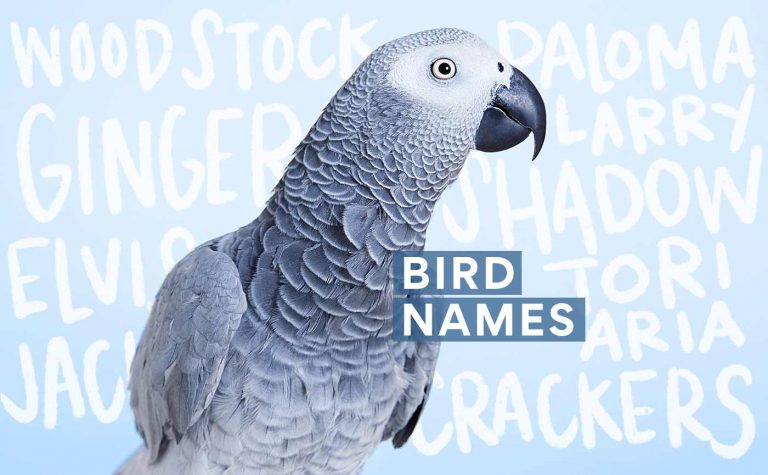The sound of a Northern Cardinal’s repeated chink drew my attention toward the office window. A crimson male cardinal hopped slowly from one branch to another in the nandina bush, as if examining the configuration of each branch. He lingered awhile in the section closest to the window before moving to the outer edge of the bush and looking toward the neighbor’s house where the female cardinal was perched in a shrub. She watched her mate’s every move.
After the male Northern Cardinal repeated his call note a few times, he sang a brief song and flew to her. Soon she flew to the nandina and explored the same branches the male had examined. She crouched in one spot for a few seconds as if sitting on a nest. The male came to her side and sat close. Chinks flew back and forth between the pair faster than a tennis ball at Wimbledon. I began to suspect they were looking for a nest site.
Shortly after observing this backyard birding scenario, I left home to lead a birding tour. Upon my return 10 days later, I discovered the female Northern Cardinal sitting on a nest. When the female left the nest, I stood on a stool inside my office and spied three speckled eggs nestled on the soft lining. From that day on, I watched a small miracle unfold in a bird nest just inches from my window.
The attentive Northern Cardinal parents followed a pattern in their behavior. Before she left the nest, the female always sang a brief song and made a bubbly, gurgling sound I had never heard before. It must have been a signal to her mate that she was leaving, because he always appeared right after she departed and took over nest duties until she returned a short time later.
A few days after finding the bird nest, I saw three ungainly bundles of skin and bones with thin pink skin tightly drawn over tiny skeletons. The three nestlings were sparsely covered with mouse-gray natal down.
The Northern Cardinal parents were busy for the next 10 to 12 days filling hungry mouths. Because the digestive tract of a nestling is far from perfect, each episode of feeding stimulated defecation. The parent that brought the food waited on the rim of the nest while the chick digested its food and then defecated. With its bill, the parent removed the fecal sac ?which looks like a small white plastic package ?and carried it far away from the nest to conceal the nest’s location from predators.
Defending youngsters in the nest from predators consumed a great deal of the Northern Cardinals’ time and energy. One day, a Blue Jay landed in the nandina bush while the male cardinal was on duty. The jay seemed quite interested in the contents of the nest, but the cardinal furiously chased it off. On another day, a Carolina Wren landed near the nest and started to sing. In a flash of red feathers, the male cardinal dispatched the curious intruder.
“Infancy, we say, is hedged about by many perils; but the infancy of birds is cradled and pillowed in peril.” So said naturalist John Burroughs many years ago. With all the adversities they face, it’s a wonder any young ever survive. But survive these baby birds did!
Fifteen days after I discovered the Northern Cardinal nest, three “almost fledglings” teetered on the rim of the nest while they exercised and stretched their tiny wings. They swayed back and forth as they tested their strength. I was afraid they would fall out of the nest before they gained their balance. Miraculously, they didn’t.
Later, the adults coaxed each young from the nest to the outer branches, then lower and lower in the bush until they were on the ground. They led the fledglings from the side of my house to the woodpile in the back yard. I watched from inside to make sure no prowling cat or other predator rained on their parade. I didn’t see them again until the dark-billed young were almost the size of the parents, and they came to my feeders on their own.
Cardinals: All Over the Map
In John James Audubon’s day (1785-1851), the Northern Cardinal was considered a southern bird and was rarely seen as far north as Philadelphia. By 1895, its range reached the Great Lakes, and by 1910, the cardinal was in southern Ontario and along the southern portions of the Hudson River. Some authorities believe the cardinal’s push northward was due to more people feeding birds during the winter
Today the Northern Cardinal is a year-round resident from the Dakotas, southern Ontario and Nova Scotia south to the Gulf Coast, and from southern Texas westward through Arizona and southward through Mexico as far as Guatemala and Honduras. The Northern Cardinal was introduced in Hawaii in 1929 and now is well-established there. It also occurs sparingly in southeastern California and in Bermuda as an introduced species.
Although nonmigratory, cardinals often gather in large flocks of up to 70 birds during winter months and can be found in bushy thickets in the more sheltered areas of their range.
Cardinal Eating Habits
Northern Cardinals feed by hopping around on the ground and gleaning food from low shrubbery and trees. Cardinals’ short, heavy, reddish beaks crack seeds with strong adductor muscles that enable them to handle larger and tougher seeds that birds with smaller bills cannot crack. The grooved upper mandible holds the sunflower seed while the sharp-edged lower mandible moves forward and crushes and husks the seed. The bird then swallows the inner nutmeat
Most authorities believe Northern Cardinals mate for life, but during winter, the male does not allow his mate to feed with him. With the return of spring, however, he regards her in a new light. Then we see the practice of mate-feeding when the male brings shucked sunflower seeds and other choice tidbits to the female. She waits with her wings all aflutter like a baby bird begging for food, and he places the seed in her bill as tenderly as a first kiss between lovers.
Northern Cardinals will eat almost anything offered at feeding stations. Their favorite foods are black-oil sunflower seed, cracked corn, suet, suet mixes, nutmeats of all kinds, melon seeds and safflower seed. The birds’ diet consists of 30 percent insects, which makes cardinals highly valuable to farmers and gardeners. They consume some of the worst agricultural pests: codling moths, cotton cutworms, scale insects, cotton bollworms, grasshoppers, aphids, snails and slugs.
Although cardinals prefer to eat on the ground, they will come to bird tables, trays on posts and trees, window trays, and hanging feeders with perches.
Water for drinking and bathing is just as important for Northern Cardinals in winter as it is during hot months. Remember to keep the water in your birdbath fresh and unfrozen year-round. Because wet cardinals cannot fly quickly to safety, place your birdbath near cover so the birds can escape from cats and other predators. When birdbaths are not available, cardinals bathe in shallow edges of ponds and streams, in snowmelt or in a puddle after rain. Like children, cardinals enjoy bathing in the spray of lawn sprinklers.
The Red Zone
Northern Cardinals prefer brushy woodlands, riparian thickets, garden shrubbery, residential areas and parks.
The plants best suited for food and shelter for the Northern Cardinal include hackberry, dogwood, hollies, red mulberry, wild cherry, sumac, elderberry and viburnum, according to George Martin Adams in “Birdscaping Your Garden: A Practical Guide to Backyard Birds and the Plants That Attract Them” (Rodale Press, 1998).
Cardinal nests might be compact and well-lined with fine grass or hair, or they might be flimsy and scarcely lined. The birds often use grass, rootlets, weed stems, pliable twigs, vines and bark strips, interwoven with leaves and paper or plastic. When a storm blew the nest out of the nandina bush, I found a strip of plastic in it. I was surprised to see the green recycle symbol printed on it. This pair of Northern Cardinals taught me that humans are not the only creatures to use recyclable materials in their homes.
Posted by: Chewy Editorial
Featured Image: via Flickr/Kevin Vance
Share:









